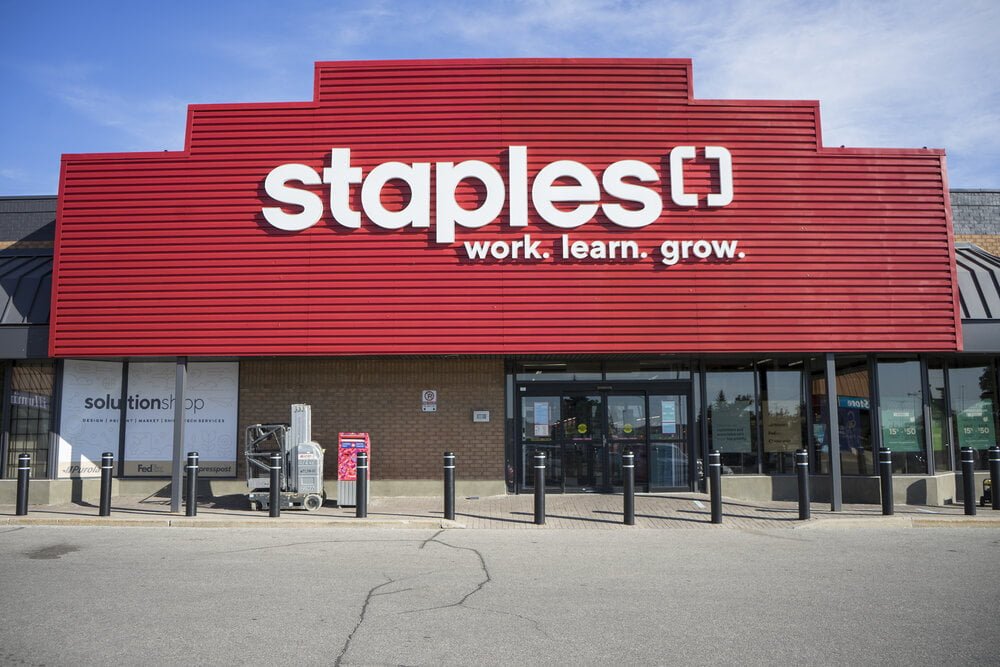
A ~year ago, I started a consulting business but, outside of my network, it had slow growth. I wrote it off to not providing a service people wanted but the lessons learned throughout this course made me realize otherwise. I wasn’t injecting my personality into it and after reflecting, it’s easy to understand why people didn’t want to invest in a service when they didn’t know who the provider was. My content lacked relationship building techniques, opting instead for a factual delivery of information and I certainly wasn’t telling a story. With each new module, my understanding of what people are looking for in a brand grew and my missteps became more clear.
In our digital age when we so often only see snippets of real life and have less and less face to face interaction, storytelling is important so that viewers get to know who you or the brand are, the values you hold and see you as more than just a machine. People connect and relate through stories when building a friendship and digital friendship is no exception to that. Hearing a story pulls you in, hearing a good story can help you envision yourself as part of the plot. What better way to connect and reach your goals than by having your listener feel like they are a part of what you represent.
This course expanded my view of online communication. Before, I thought it was all about being clever, but now, I believe it’s about being genuine. Just as I value truth in real life communications, I also value truth online and so moving forward, that will be at the center of my communication strategy and storytelling, not sales, whether it is truth about success, failure, happiness or loss.
Tell your story, build a connection.





